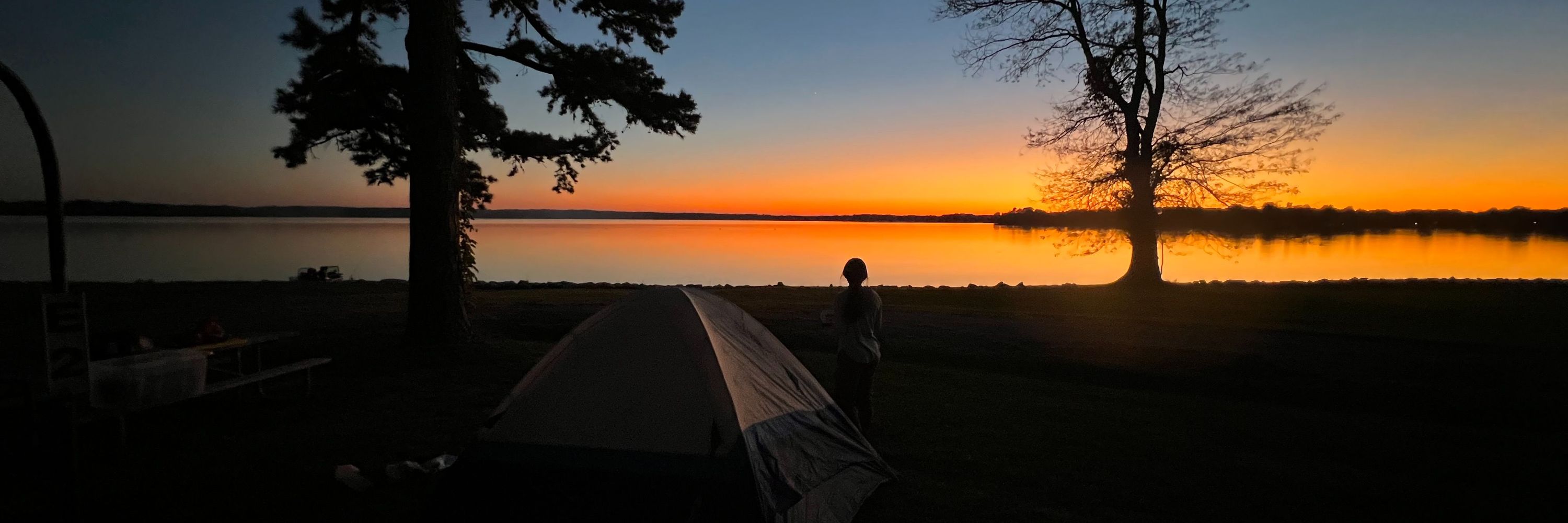Owen Ouyang
@owenouyang.bsky.social
25 followers
200 following
17 posts
Graduate student at the University of Illinois.
I like antibodies, national parks and running:)
I'm also an eLife community ambassador! @elifecommunity.bsky.social
Posts
Media
Videos
Starter Packs
Owen Ouyang
@owenouyang.bsky.social
· Sep 4
Reposted by Owen Ouyang
ecrLife
@ecrlife.bsky.social
· Jul 3

Reaching Out to Senior Scientists: A Step Worth Taking
When we start out as early career researchers, we often hesitate to reach out to senior scientists. However, they are often excited to help young scientists. Here, Owen Ouyang discusses how mentorship...
ecrlife.org
Reposted by Owen Ouyang
Owen Ouyang
@owenouyang.bsky.social
· Mar 3
Owen Ouyang
@owenouyang.bsky.social
· Mar 3
Owen Ouyang
@owenouyang.bsky.social
· Mar 3
Owen Ouyang
@owenouyang.bsky.social
· Mar 3

High-throughput synthesis and specificity characterization of natively paired antibodies using oPool+ display
Antibody discovery is crucial for developing therapeutics and vaccines as well as understanding adaptive immunity. However, the lack of approaches to synthesize antibodies with defined sequences in a ...
www.biorxiv.org
Reposted by Owen Ouyang
Reposted by Owen Ouyang
Andrew Oberst
@drewoberst.bsky.social
· Nov 18















